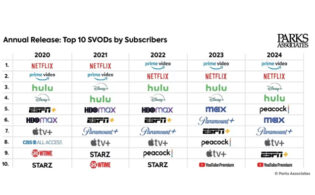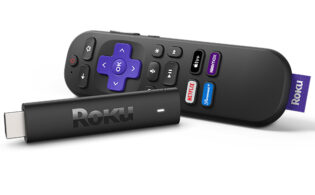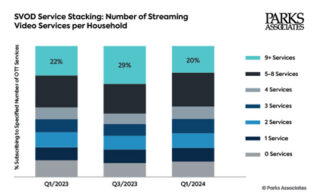DALLAS: Parks Associates is urging media companies to develop advertising campaigns that are “integrated and nondisruptive to the viewing experience” for internet video watchers, releasing new data that shows that ad-blocking cost the digital publishing industries some $41.4 billion worldwide in 2015.
According to Parks Associates’s new research report, Tracking Eyeballs: Video Analytics and Measurement, U.S. broadband homes watch an average of 3.8 hours of internet video on their TV sets every week. This is 20 percent of all video viewing on the TV set (about on par with DVR usage). The report notes that consumers might increasingly use ad-blocking solutions if digital ad models are disruptive to the viewing experience.
“Many content creators rely on advertising revenue to monetize video, especially as newly launched digital services seek revenue,” said Glenn Hower, research analyst at Parks Associates. “As digital video viewership increases on all screens, use of ad-blocking technologies is a concern for content owners and distributors. Ad blockers have their roots in web publishing, often to prevent full-page overlays or popups that would disrupt the experience. As internet video viewership on the television screen increases, advertisers are seeking to leverage prime living room real estate in this new media model. Content and OTT providers and advertisers need to ensure their methods do not interfere with the viewing experience, which would otherwise drive viewers to ad-blocking technologies.”
According to Parks Associates, digital video advertising revenues will hit $28.9 billion in 2020, up from $14.4 billion this year. The company also notes that internet video viewership rose by a compound annual growth rate of 18 percent from 2010 to 2015. In the same period, the total number of OTT video services tripled.
“Connecting advertisers with appropriate, and accepting, audiences is a significant challenge for ad-supported video providers,” Hower said. “The reward, however, is more meaningful ad messages to consumers, with greater impact, response, and brand retentions. Another reward is more valuable media inventory for both content and service providers and their advertising partners.”





